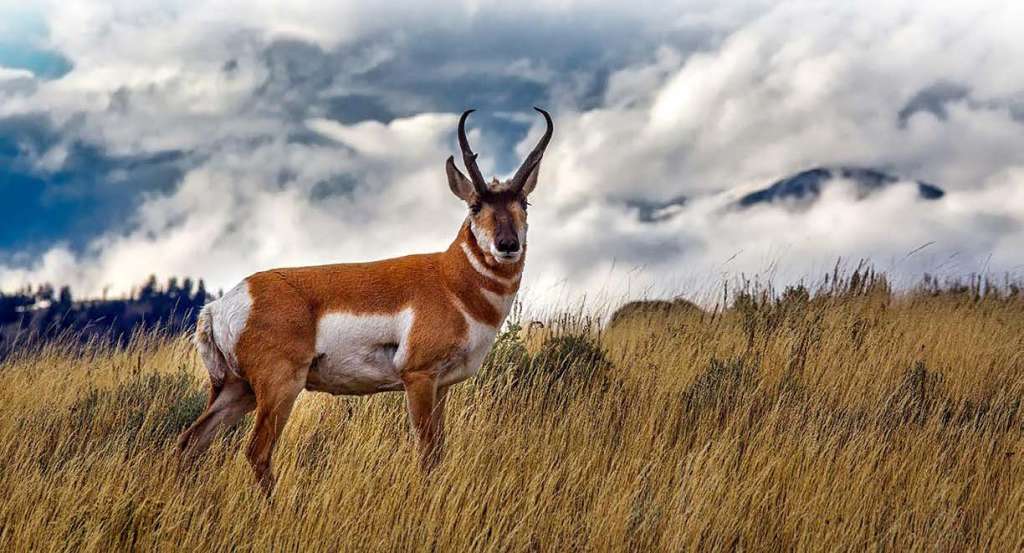Say Hello to the West’s Best Entry-Level Hunting Experience: Antelope
The inquisitive buck meandered through the alfalfa toward the pop-up blind where my brother Brad and I were hiding. At 50 yards and broadside, my opportunity had arrived. I anchored, hovered my pin on the buck’s lower-third chest area, and launched my arrow. Unfortunately, the arrow lobbed just over the buck’s back. The previous day, I’d taken quite the spill and dropped my bow when I caught my foot in a prairie dog hole while running to cut off a traveling buck. I hadn’t checked then to see if my sight was still on. I later determined that it had been bumped out of whack, explaining the miss.
We both went home without bucks, although it wasn’t for lack of opportunity. That was my first western hunt ever, and at age 14, I’m thankful our parents took us on that pronghorn hunt. It lit a fire that keeps me coming back to western states annually to chase wild game like elk, mule deer, and antelope.
Of the western species, pronghorn antelope arguably make the best entry-level hunting experience for DIY hunters traveling from the East, South, and Midwest. In this article, we’ll explore why they do, and we’ll also discuss some logistics and hunting tactics. Follow along.
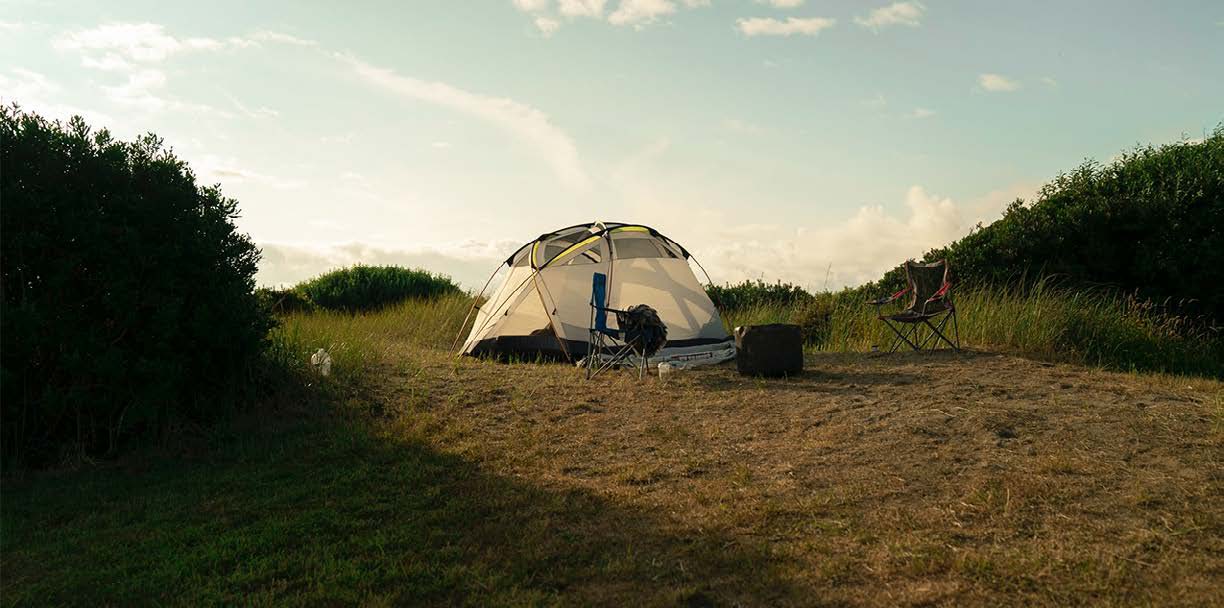
Western Launchpad
Why are pronghorn antelope ideal for one’s inaugural western hunt? Several reasons. First, antelope inhabit flat to rolling terrain that isn’t too difficult for most hunters to traverse. In other words, even moderately fit hunters can hike miles per day without too much trouble. While physical fitness clearly helps, it isn’t necessarily a prerequisite to an antelope hunt.
Next, pronghorn antelope are visible all day long, unlike other species that primarily become active in the first and last hours of daylight. With optics, you can find pronghorn antelope to hunt at any time of the day. This also means that antelope hunts usually entail more frequent sightings than hunts with elk or deer. When you’re constantly seeing animals to pursue, it makes for an amusing hunting experience.
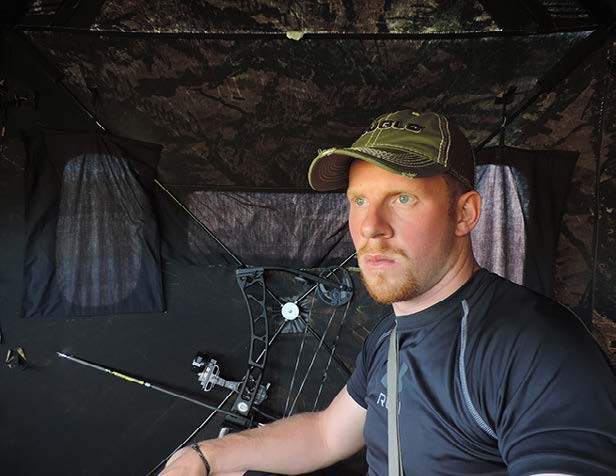
Field care for antelope is also a walk in the park due to their diminutive size compared to deer and elk. A bull elk will yield 200 to 300 pounds or so of meat, whereas a pronghorn antelope buck generally yields 30 to 40 pounds of meat. A woman hunting alone could potentially extract an antelope buck on her own in one trip, whereas a muscular man couldn’t carry out an entire elk in one trip.
One more thing: camping or lodging is typically easier in “antelope country” than it is in “elk country.” You can usually camp on State or Federal public lands right off roadways. You also usually can grab a motel within 30 minutes of your intended hunting grounds. In contrast, most camping in elk country is in remote locations. That means you not only have to take more necessities with you since you’re away from civilization, but you also have to haul it all to your remote camping location. Lodging or camping on an antelope hunt is typically a walk in the park.
I’m not knocking elk hunting. In fact, I love it. But for the first-time western hunter, antelope are a better launchpad for learning some of the western ropes. This brings us to a discussion about getting a tag.
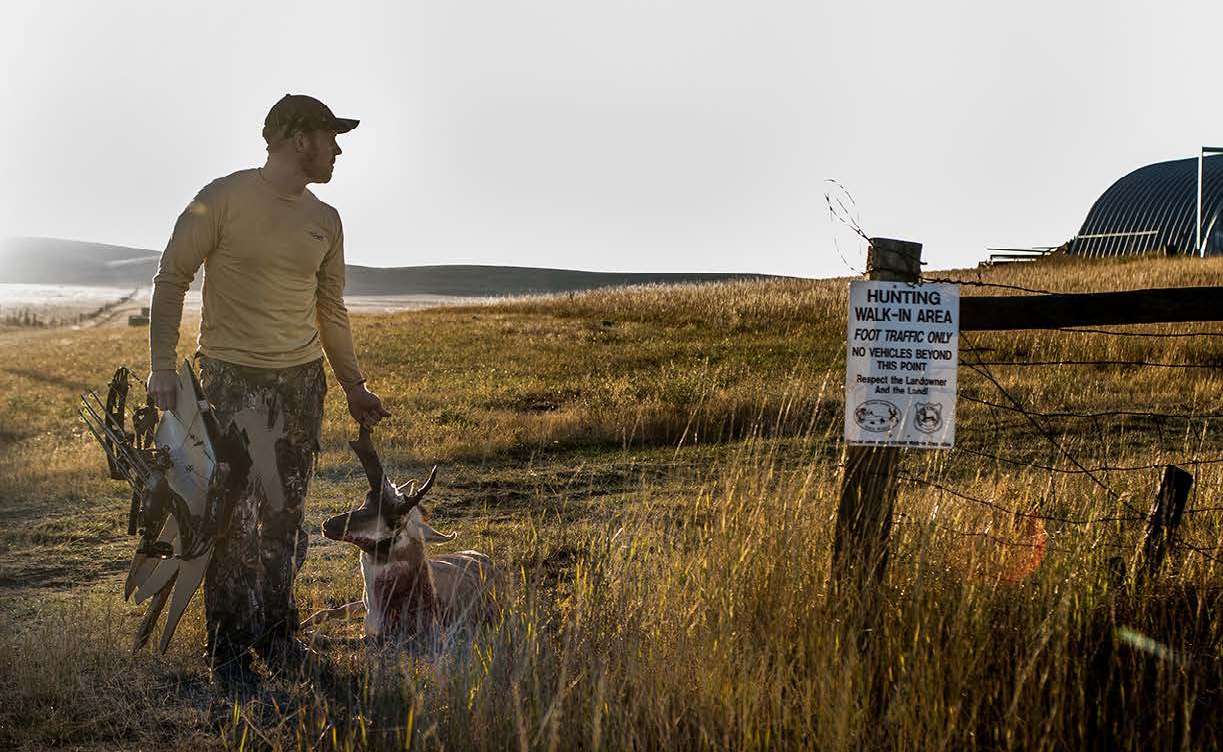
Tags and Seasons
The best antelope hunts must be drawn, but there are plenty of opportunities to chase pronghorn antelope regardless of your outcome in the draw. In Wyoming, there are usually leftover tags following the primary drawing. The catch is that most leftover permits are valid in hunt areas with minimal public lands, meaning less room to roam. Instead, you could consider knocking on some ranch doors or looking for a trespass-free hunt in such units to boost your odds.
South Dakota has OTC archery tags, but that also means you’ll usually have plenty of company from other hunters. South Dakota’s public lands in pronghorn country can get very busy. Also, the terrain is quite open with less sagebrush to aid in stalking, so it can be very challenging to get an archery shot.
Colorado is another option. Archery tags are fairly easy to draw in many units, and there are also some OTC units. If you don’t draw in the primary round, check the leftover list and consider your options for the secondary draw. Or, simply pick up an OTC tag. Some magnum bucks come from Colorado, so definitely consider making that your destination.
Wherever you hunt, most archery antelope hunts happen in August and September. Let’s discuss some tactics relative to the time of the season you’re hunting for orchestrating an archery-close encounter.
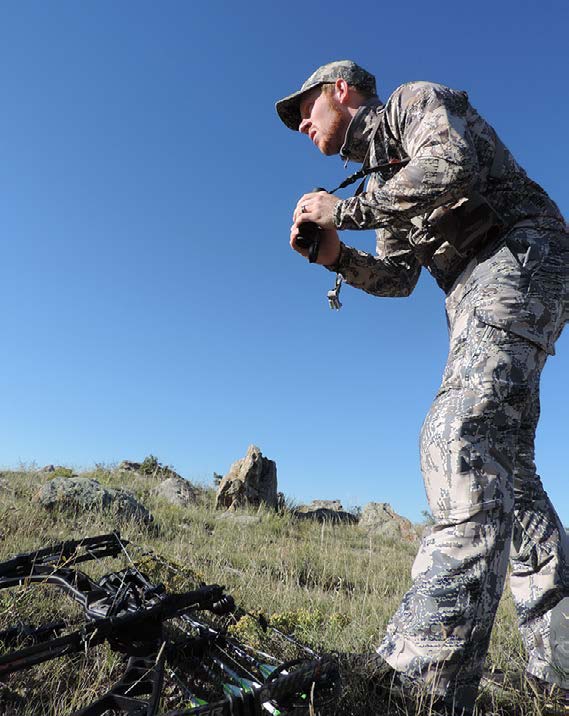
Tactics for Antelope
Archery hunters use a mix of tactics for antelope. The most tried-and-true method is hunting from a ground blind that overlooks an active watering hole. First, you must find a waterhole or stock tank pounded with tracks or one that you’ve watched antelope drink from. Then, you’ll want to set your blind downwind of the water source. Antelope are hit-or-miss as to whether they’ll accept or deny your ground blind. Because of that, you might consider constructing a natural blind from sagebrush and other nearby elements (if legal). Or, tuck your pop-up blind against a nearby structure, such as a windmill or an abandoned farmstead.
While hunting over water can be effective anytime it’s dry, an unexpected prairie drencher can instantly shut down waterhole activity. If that happens, either look for a hayfield full of goats and try to set up your blind there or go the spot-and-stalk route. Getting within 40 yards is extremely difficult. You can’t rush a stalk because antelope tolerate little. If a buck isn’t ideally positioned for a stalk, wait until he is, or you might as well just walk away. And when you make a stalk, prepare to do many more before you get within range. Antelope have gargantuan eyeballs with a 300-degree field of view. They don’t miss very many movements.
If you run out of cover before reaching bow range, consider the “flagging” method. Tie a white article to a long stick and flicker it above an embankment or sagebrush. Antelope are naturally inquisitive and have been known to come over to check it out. I haven’t tried it myself, but I know someone who’s done that successfully. From around September 10 through the end of the month is a great time to exploit the antelope buck’s natural territorial tendencies. The ideal scenario involves a dominant buck guarding a doe harem, with a couple of subordinate bucks periodically swooping in to try their hand at breeding. The dominant buck will run the imposters away before returning to his doe harem. With a pronghorn antelope buck decoy, you can pose as a subordinate buck to try to trigger a reaction. I killed a buck this way in Wyoming on public land, and it was a riot. Plus, it was raining, so a waterhole approach just wouldn’t have been productive.
When decoying, try to stalk unseen to within 200 yards, although closer can be even better. When you’re as close as possible without alerting the herd to your presence, wait until the buck is distracted or looking away, then slowly erect the decoy. The moment he looks back, move the decoy just a little bit to get his attention. You’ll probably get one of two reactions. Either he’ll come charging in, or he and the does will stand and stare for several minutes before snorting (alarm call) and disappearing in a cloud of prairie dust. When it works, though, it’s arguably the most exciting way to hunt antelope.
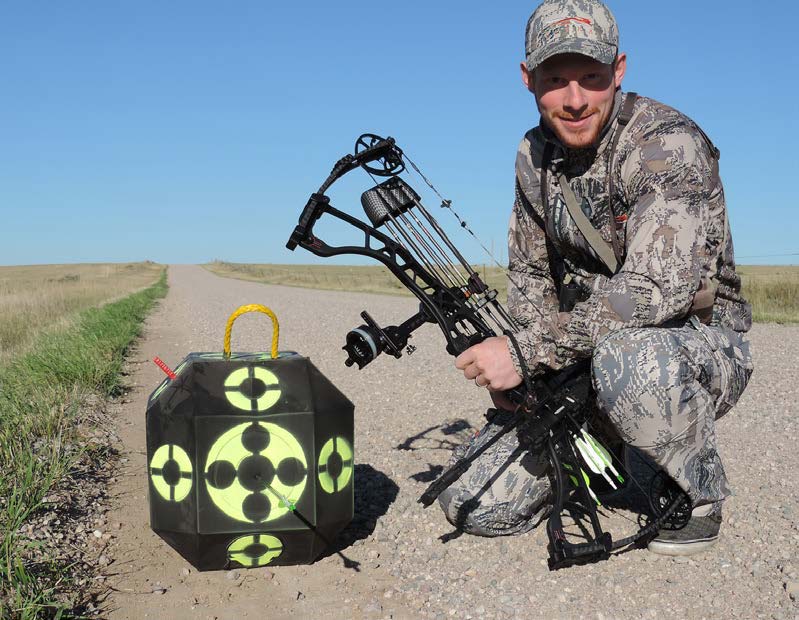
Final Cut
One of the finest takeaways from a successful antelope hunt is the meat. Of all red meats, it’s my favorite, and nearly every friend of mine who’s taken pronghorn antelope agrees — it’s that good. But, there are some steps to ensuring it tastes as good as I’m making it sound.
First, try to make a good double-lung shot. The farther a goat runs, the worse the meat is likely to be. An arrow through the guts will also cause the meat to acquire a foul flavor. Do your part to make a quick, clean kill shot.
Next, the clock begins ticking the second you pull the trigger. Be excited and soak in the moment, but then get to work. If you’re close to a road, field dress the antelope promptly and then drag or carry it to your vehicle. Hang and skin it right away. Then, debone and get the meat directly on ice in a big cooler. Make sure to drain the melted ice frequently. You don’t want the meat soaking in water. If your pronghorn antelope drops far from a road, be prepared with a knife, meat bags, and a backpack to get the meat to a cooler in record time. Regardless, when you reach home, package and freeze the meat ASAP.
If you’ve ever heard complaints about antelope tasting gamey, it’s probably because field care of the meat wasn’t prompt enough. Again, I know many other hunters who prefer antelope meat over anything else. That’s what you have to look forward to if you kill an antelope and care for it well.
To that end, if you’re looking for an adventure but have little or no western hunting experience, pronghorn antelope hunting with a bow should be on your radar. It’s fun and challenging, but most importantly, it’s logistically easier to pull off than an elk hunt. So, what are you waiting for?
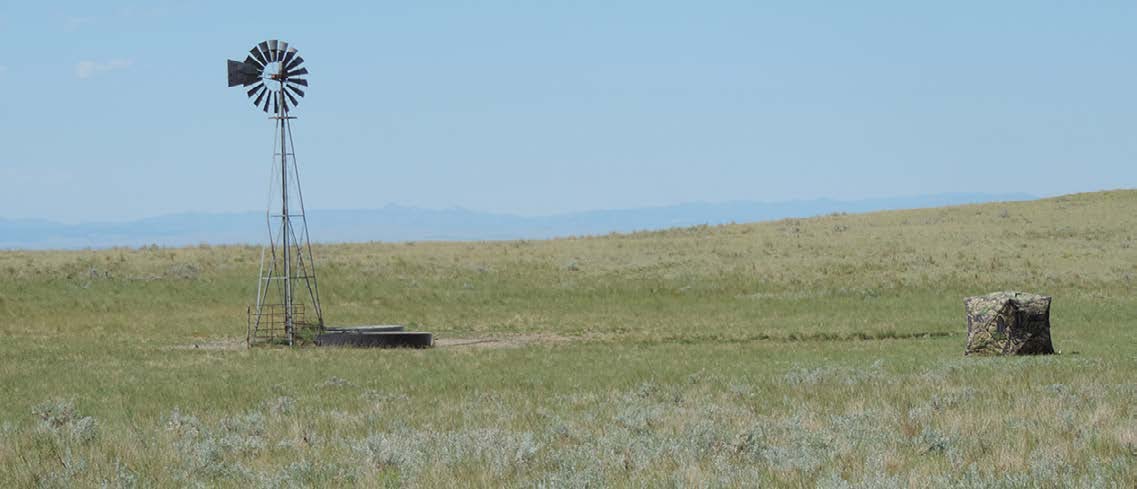
Practice to Extend Your Effective Range
Western archery hunters tend to take animals at farther distances than Whitetail hunters do in the East. That is largely due to the open terrain and tactics used. Most Whitetail hunters hunt from treestands and take deer within 25 yards. An antelope hunter might run out of cover 45 yards away during a stalk and face a longer shot opportunity.
Knowing that, spend a lot of time practicing at longer distances prior to your antelope hunt. I’m not suggesting that everyone can or should take 50- or 60-yard shots, but if you develop the skill to do so, modern archery equipment is highly capable of delivering a lethal arrow from those ranges and beyond. Becoming proficient at longer distances can spell the difference between filling a tag and going home empty-handed.
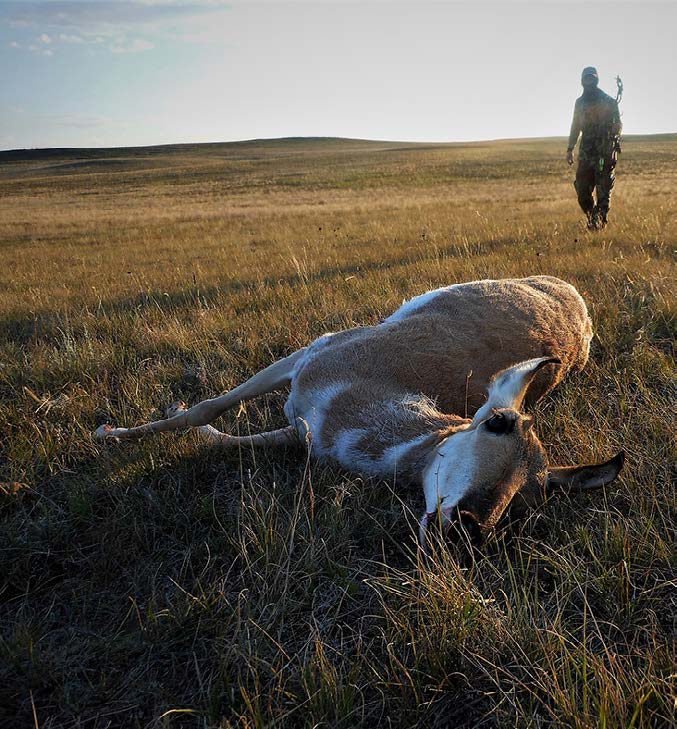
Helpful Tools
A flat-shooting bow such as the Mathews V3X 29 is an antelope hunter’s asset. With a long riser, it’s stable in a light crosswind, and it’s incredibly consistent and accurate. I’ll be carrying mine to antelope country this fall.
If you want to increase your effective range, choose a sight designed for long-range shooting. Spot Hogg’s Fast Eddie XL in a five-pin configuration is my go-to. I can shoot out to 60 yards with the fixed pins, then my bottom pin becomes the “floater” when I dial the yardage wheel to distances beyond 60 yards. Second- and third-axis adjustments are critical to maintaining accuracy when shooting in varied terrain.
The onX Hunt app is invaluable for mapping out pronghorn habitats, public lands, waterholes, parking areas, camping areas, etc. When hunting areas without cell service, download a map of the general area you’ll be hunting so that you can access all of the app’s online features while offline.
If you’re hunting a waterhole or alfalfa field, a quality ground blind that doesn’t flap in the wind is a valuable piece of gear. I like the ones from Primos Double Bull, including the SurroundView.
When decoying, it can be very difficult to shove a typical 2-D decoy’s stakes into the parched prairie soil. I like the simplicity of my bow-mounted Ultimate Predator Pronghorn Buck decoy. It’s lightweight, isn’t cumbersome, and attaches to the bow in seconds.
Per our affiliate disclosure, we may earn revenue from the products available on this page. To learn more about how we test gear, click here.





